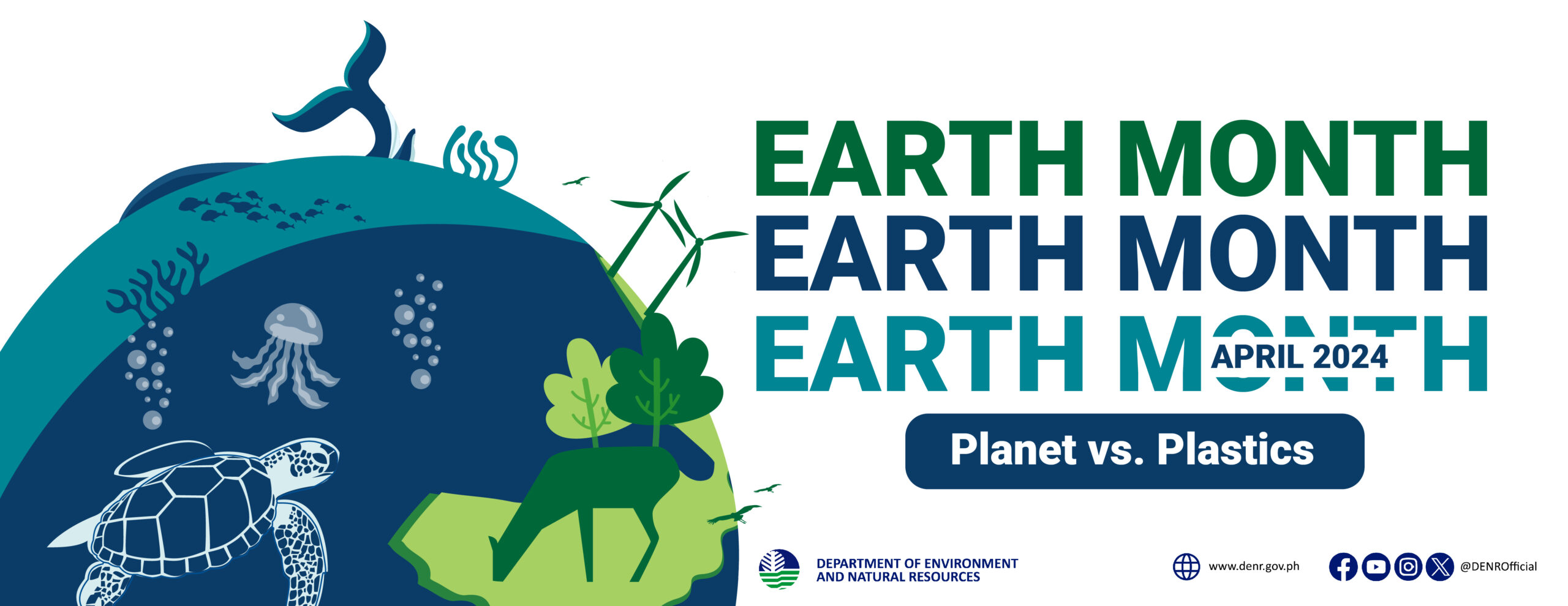THE GOVERNMENT will start towards the end of this month the second round of its audit of the mining industry in order to ensure operations do not harm the environment and benefit host communities, the Finance department said on Monday, adding that it expects the review “to be completed by January next year.”
The department’s press statement quoted Finance Undersecretary Bayani H. Agabin as saying that this round will cover 17 mining operations nationwide and will be conducted by the same technical teams that undertook the first round of reviews last year that covered 27 mines.
The department issued the announcement as head of the Mining Industry Coordinating Council (MICC), which it co-chairs with the Department of Environment and Natural Resources (DENR).
The MICC also consists of the Department of Justice, the National Commission on Indigenous Peoples and the Union of Local Authorities of the Philippines.
“The MICC will complete the review and management teams in the second and third weeks of July. We will tap around 15 experts from the same technical teams that did the first audit,” Mr. Agabin said in the press release, explaining that the experts will be grouped into three teams with five members each.
He added that the review will cover the environmental, economic, social, legal and technical aspects of mining operations.
Sought for comment, Chamber of Mines of the Philippines (CoMP) Chairman Gerard H. Brimo, chairman and chief executive officer of Nickel Asia Corp., said in a mobile phone message that “audits by MICC are always welcome.”
“They’ve been done well — thoroughly and fairly — and when they’re done in this manner, the industry has no reason to object.”
CoMP Executive Director Ronald S. Recidoro said, “ We are hopeful that these companies, many of them members of the chamber of mines, will again pass scrutiny by government regulators.”
“We also hope that, with the completion of the audits by January 2020, government will have finally resolved the major issues confronting the mining industry — legal, technical, social and environmental — and formulated a comprehensive policy to move it forward,” he added.
The first audit resulted in 23 cleared to continue operations after being found compliant with environmental and other state regulations. Four mines did not pass that first review round and were recommended for closure, although they were allowed to appeal the decision with the Office of the President.
The industry’s review is being undertaken pursuant to Executive Order No. 79, issued in June 2012, which imposed a moratorium on new mining permits “until a legislation rationalizing existing revenue-sharing schemes and mechanisms shall have taken effect.”
Republic Act No. 10963, an encompassing tax reform package that slashed personal income tax rates but increased or added levies on several goods and services when it went into effect in January last year, doubled the excise tax on mineral products to four percent.
The Finance department had clarified, however, that the provision did not satisfy EO 79’s requirement for the lifting of the moratorium on new permits, since an overhaul of the mining industry’s fiscal regime should also cover royalty, windfall profit and other taxes and fees, as well as incentives.
Hence, the MICC deferred a decision to lift the moratorium until a new industry fiscal scheme is in place.
In a text message, Mines and Geosciences Bureau (MGB) Director Wilfredo G. Moncano, said, “MGB has recommended to the MICC, co-chaired by (Finance) Sec(retary Carlos G.) Dominguez (III) and (Environment) Sec. (Roy A.) Cimatu the lifting of the moratorium on processing of MPSA (Mineral Production Sharing Agreement) applications so that we can have new mines opened and operating.”
“However, we may have to wait until a new fiscal regime other than the doubling of taxes is passed by Congress…”
Mining has been in the doldrums since EO 79 was issued in mid 2012, although experts abroad have noted that the Philippines has substantial mineral deposits to keep foreign miners interested in the country.
METALLIC MINERAL OUTPUT
MGB data as of May 30 show metallic mineral production growing in value by 11.57% to P27.466 billion in the first quarter from P24.618 billion a year ago.
The same comparative periods saw gold production increasing by 12% in volume to 5,651 kilograms (kg) from 5,034 kg and by 10% in value to P12.225 billion from P11.107 billion.
Silver increased by 11% in volume to 8,469 kg from 7,613 kg and by three percent in value to P217.292 million from P210.342 million.
Copper concentrate grew in volume to 81,059 dry metric tons (DMT) from 69,839 DMT, but slipped by three percent in value to P5.059 billion from P5.202 billion.
Mixed nickel-cobalt sulfide output rose in volume by four percent to 22,270 DMT from 21,394 DMT, while value surged 35% to P7.102 billion from P5.274 billion.
Finally, production of nickel direct shipping ore grew volume by three percent to 2.969 million DMT from 2.895 million DMT, while value roughly steadied at P2.769 billion from P2.758 billion.
Mining contributed about 0.66% to gross domestic product (GDP) in this year’s first three months, roughly steady since at least 2016.
Taxes, fees and royalties from the industry have been on a steady decline from P35.494 billion in 2016 to P25.691 billion in 2017 and to P11.733 billion last year. Levies totaled some P268.8 million in the first quarter.
“We wanted to increase mining industry’s contribution to… GDP… from the current 0.7% to 4-5%,” Mr. Moncano said.
“This can be done by opening four new major mines as soon as possible and data from small-scale mining are captured.” | Source: Business World






